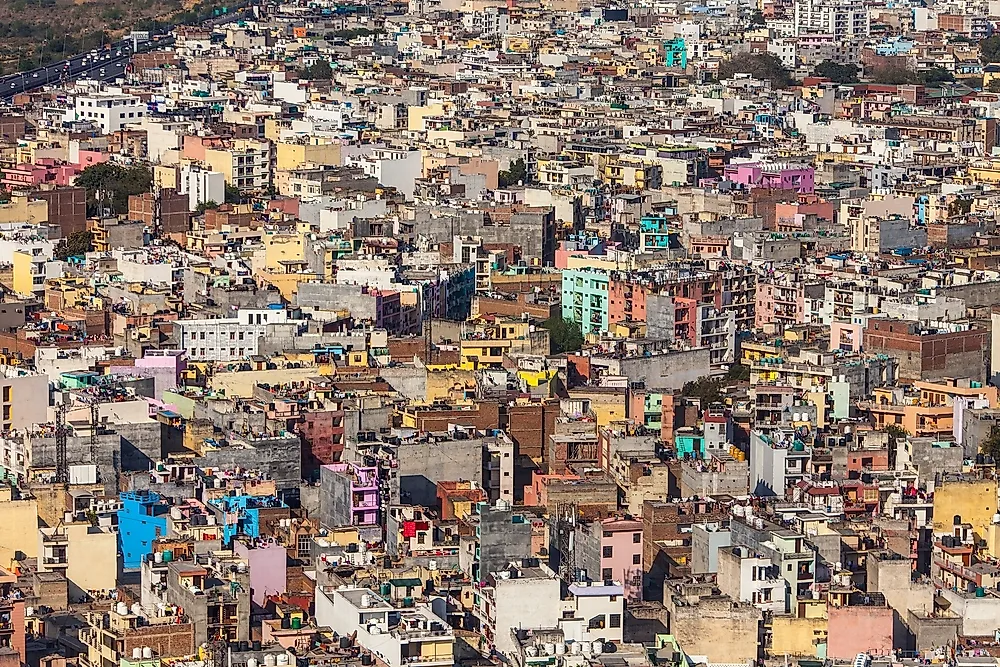The Poorest Countries in South Asia

South Asia, also known as the Indian Subcontinent or Southern Asia, refers to the southern part of Asia, and includes the following countries: Sri Lanka, Pakistan, India, Nepal, the Maldives, Bhutan, Bangladesh, and Afghanistan. Countries in the region are members of the South Asian Association for Regional Cooperation (SAARC). The region has a diverse economy, which ranges from poor countries to wealthy ones. India has the largest economy, but the fourth largest GDP per capita. Although Pakistan has the third lowest GDP per capita, it has the second largest economy. Bangladesh and Sri Lanka have the third and fourth largest economies, and the fifth and second largest GDP per capita, respectively.
Three Poorest Countries in South Asia
The three poorest countries per capita in South Asia are Afghanistan, Nepal, and Pakistan.
Afghanistan - $544
The GDP of Afghanistan remains low despite the influx of foreign aid and remittances from the Afghan diaspora over the last decade. This low GDP per capita, which increases the cost of doing business and reduces competitiveness, can be explained by a few factors, including: insecurity, poor infrastructure, bad economic practices, political uncertainty, endemic corruption, poverty, and being landlocked. However, there are positive signs that the country's economy will grow. For example, the fall of the Taliban, increasing exports, huge mineral deposits, and increasing political will to tackle human poverty indicate that Afghanistan's future is bright.
Nepal - $972
The Federal Democratic Republic of Nepal is the second poorest nation in South Asia. Despite bordering big economies like India and China, Nepal’s GDP per capita remains low. The country's location within the Himalayas complicates infrastructure and economic development. Furthermore, Nepal was isolated for a long period and modern infrastructure, like schools, hospitals, electricity, roads, telecommunications, and civil service, were not developed until the 1950s, and are therefore still growing. Geopolitics also played a historical role in the late modernization of Nepal. The landlocked country never underwent colonization but acted as a buffer between Imperial China and India. The Nepalese Civil War, an overreliance on agriculture, and rampant corruption also historically stagnated the country’s growth.
Pakistan - $1,555
Despite having the 25th largest economy globally in terms of purchasing power parity (PPP), Pakistan's GDP per capita is low due to a variety of reasons: many years of war, insecurity from militant groups, internal political disputes, a high population growth rate, importing more than they export, social instability, post 9/11 military operations in Afghanistan, recurring droughts, economic sanctions, and regional and global financial crises. The gap between the rich and poor in Pakistan is significant, therefore leaving the majority on the poor side of life.
Future Trends in South Asia's Economy
South Asia is the world’s fastest-growing region, and is even faster than China. This is explained by strong expansion in countries like India, improving business competition, improved public institutions, improved public health, improved international trade, quality primary education, infrastructure development, increasing foreign investment, transparent financial systems, and economic diversification. The three emerging economic heavyweights in this region are India, Pakistan, and Bangladesh. These three, along with the other countries in South Asia, have unique development challenges but are addressing them through good fiscal and monetary policies and service delivery.
The Poorest Countries in South Asia
| Rank | Country | Per Capita Income (USD) |
|---|---|---|
| 1 | Afghanistan | 543.724 |
| 2 | Nepal | 972.383 |
| 3 | Pakistan | 1,555.38 |
| 4 | Bangladesh | 1,744.51 |
| 5 | India | 2,036.20 |
| 6 | Bhutan | 3,215.48 |
| 7 | Sri Lanka | 4,067.85 |
| 8 | Maldives | 14,500.53 |











